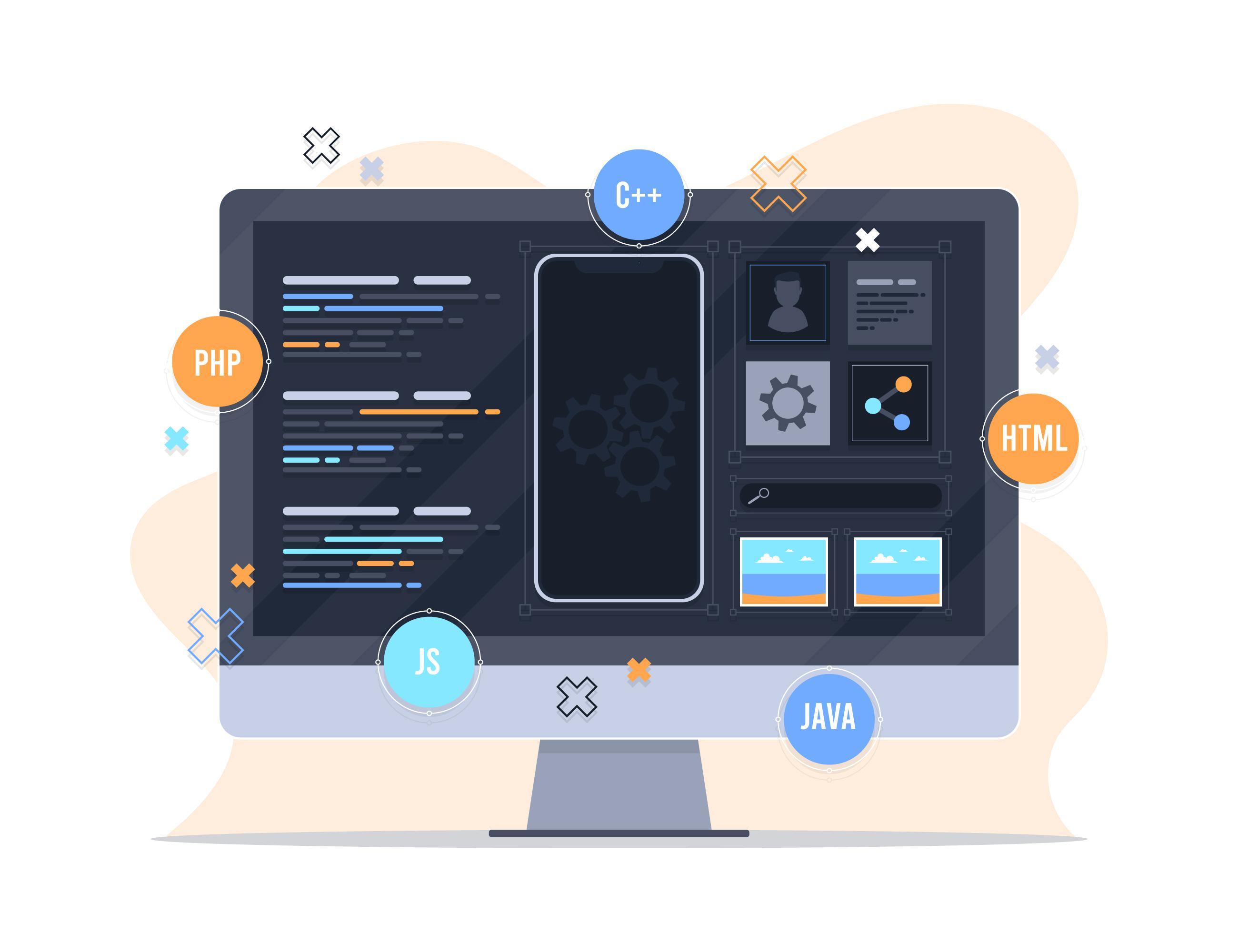
Best Ways to Collect and Analyze Attendee Feedback After an Event
Collecting and analyzing attendee feedback after an event is essential for improving future events. It helps organizers understand attendee experiences and expectations, leading to better event planning. In this article, we will explore the best ways to collect and analyze attendee feedback.
Surveys should be carefully designed to gather useful information. They should include a variety of questions such as:
Surveys can be distributed in several ways:
Encourage attendees to share their feedback directly during or after the event. These conversations can provide immediate insights into their experience.
Organize small sessions with a selected group of attendees to discuss their experiences in more detail. These sessions offer an opportunity to gather more specific and clear feedback.
After collecting feedback, use data analysis tools to interpret the information. Common tools include:
Prepare a report summarizing the key findings from the feedback, including recommendations for improvement. The report should include:
Identify the actions to be taken based on attendee feedback. This might include:
Send thank-you messages to attendees who participated in the event and invite them to provide any additional comments if they have further feedback.
Share the survey results with attendees and show them how their feedback will influence future events. This demonstrates that their opinions are valued and that you are committed to improving the experience.
Collecting and analyzing attendee feedback after an event is a crucial step in improving future experiences. By designing comprehensive surveys, collecting direct feedback, and using data analysis tools, organizers can turn feedback into actionable steps that enhance event quality. Always remember that communication with attendees and valuing their feedback strengthens the relationship, contributing to the success of future events.
Your email address will not be published. Required fields are marked *